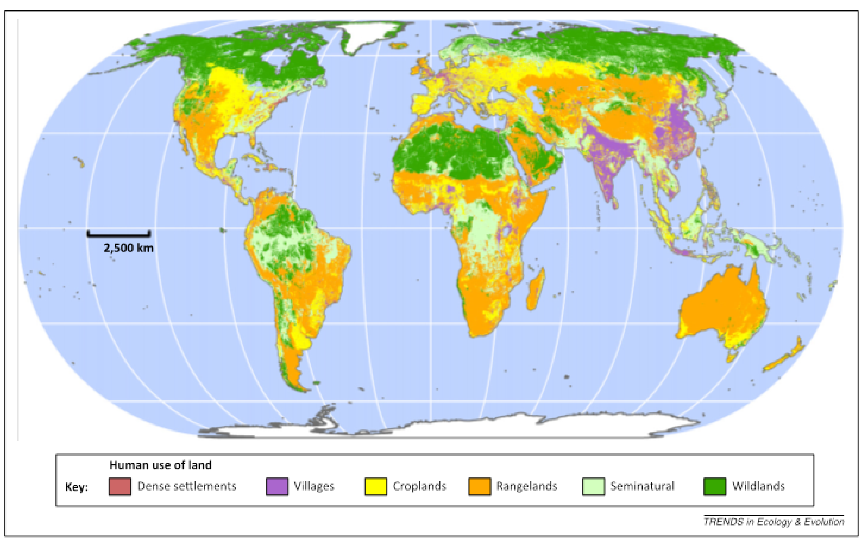Objectives
The International Team will address in two meetings the following objectives:
‧ assess the available regional and global information on current and historical land management (both EO and census data)
‧ determine to which extent this information can be harmonized, specifically using remotely sensed EO data (working close with ESA's CCI initiative on land cover)
‧ establish common procedures for the development of global uniform datasets on current and past historical management and
‧ develop appropriate modeling concepts, such as for example response functions, to incorporate the EO and census information in global scale land vegetation/carbon cycle models and develop techniques to evaluate and constrain subsequent model performance.
The output will consist of a set of papers describing how to merge EO and census data to provide relevant input for ESM's and an inventory and strategy of how to develop the required modeling concepts in the carbon cycle modules of the ESMs. With these two steps we aim to considerably improve the representation of the human impact on terrestrial managed ecosystems that consists of at least 40% of the global ice-free land surface.
